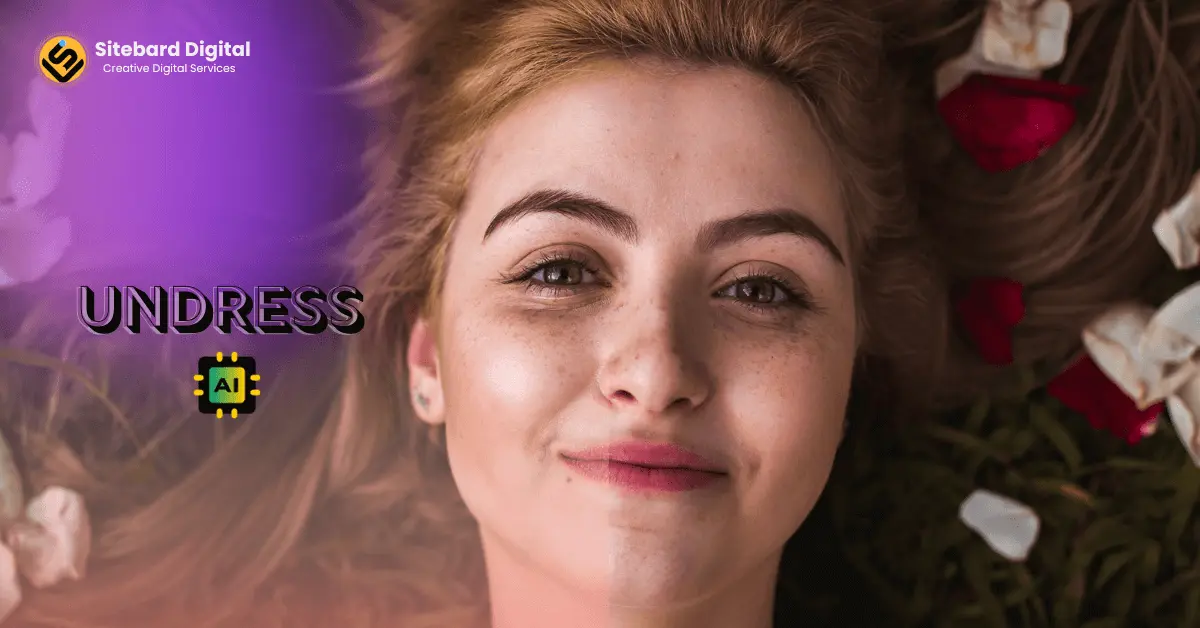Can artificial intelligence truly undress a photograph with uncanny accuracy? The rise of AI-powered "undressing" tools poses fascinating possibilities and serious ethical questions, forcing us to reconsider the boundaries of image manipulation and the implications for privacy.
The realm of artificial intelligence is rapidly evolving, and within this landscape, the ability to manipulate images has reached unprecedented levels of sophistication. AI clothes changers and removers, leveraging sophisticated algorithms, are now capable of altering photographs in ways that were once the exclusive domain of highly skilled professionals. These tools utilize advanced techniques to identify and isolate clothing areas, allowing for precise removal and replacement. Furthermore, advanced algorithms are employed to ensure the generated nude images match the original's lighting, shading, and artistic style, purportedly maintaining a degree of authenticity.
The core function of these AI-driven applications is to digitally alter images, often with the specific intention of removing clothing. This capability is facilitated by several factors: the rapid advancement of deep learning algorithms, the availability of vast datasets of both clothed and unclothed images, and the increasing computational power to process these datasets quickly. Tools like "undress ai" and its various iterationsincluding "undressher ai," "undress.app," "clothoff.io," and "undresserai.io"are designed to offer users the capacity to "undress" images in a seemingly effortless manner.
This type of AI can be used for different purposes, some creative, and some professional. Designers can visualize how garments fit and drape on different body types without physical prototypes. Enhance or modify images for artistic projects, ensuring a seamless and realistic finish. Removing clothes and items in your pictures in creative ways that are easy to do. This lets you try out different styles and looks. Just input character descriptions like gender, body type, remove cloth, pose etc in the prompt box, and clothoff ai generator will automatically render unique images based on your prompts. Easily remove clothes from photos online or swap clothes from any photo using the free ai.
| Tool | Description | Key Features | Potential Uses | Ethical Considerations |
|---|---|---|---|---|
| Undress AI (Various Platforms) | Online services using AI to modify images, specifically performing ai undress functions. Often employs advanced algorithms for clothing removal. | Precise clothing removal, replacement of clothing, often incorporates techniques to match lighting and style of the original image, user-friendly interface. | Artistic projects, experimental fashion design, creating humorous scenarios. | Potential for misuse, invasion of privacy, spread of non-consensual images, ethical concerns about the manipulation of images. |
| AI Clothes Changers | Virtual tools allowing users to digitally swap, change, or experiment with clothing styles. | Ability to simulate various outfits, colors, and patterns on a photo or video of the user, offers a preview without physically trying on garments. | Fashion design, personal style experimentation, creation of customized images. | Less severe ethical concerns compared to direct undressing tools. Potential for misuse if used to create deceptive content. |
| "Nudify AI" and Similar Tools | Generators designed for image alteration to create images of nude individuals. | Advanced image manipulation capabilities, often incorporating AI-driven algorithms to remove clothing and create realistic results. | Primarily artistic or experimental, potential for the creation of customized images. | Significant ethical concerns about privacy violation, non-consensual content creation, and potential for abuse. |
| Slazzer 3.0 & Other AI Tools | Designed to remove clothes from images with a high level of accuracy. | Fast processing speeds, and user-friendly interface, offers quick results. | Can be used to enhance or modify images for artistic projects, ensuring a seamless and realistic finish | Potential for misuse, invasion of privacy, spread of non-consensual images, ethical concerns about the manipulation of images. |
Reference:Example.com
The applications of such tools are varied. Designers, for example, could leverage these capabilities to visualize how garments fit and drape on different body types without the need for physical prototypes. Artists might employ them to enhance or modify images for creative projects, ensuring a seamless and realistic finish. Individuals could utilize them to experiment with different styles and looks. However, the ease of access and the relative simplicity of useoften involving nothing more than uploading an image and selecting a moderaise critical questions about ethical implications.
Several platforms and applications are now providing this service. "Undressher ai," "undress.app," "clothoff.io," and others claim to offer these functionalities, promising user-friendly interfaces and swift results. Some of these tools even allow users to specify character descriptions such as gender, body type, pose, and the desired clothing style, which can then be used by the AI to generate unique images.
However, the technology's accessibility should not overshadow the ethical considerations at its core. Undress VIP and other platforms that claim to provide free services are particularly concerning, as they potentially lower the barrier to the misuse of these tools. Concerns include the potential for non-consensual image creation, the invasion of privacy, and the spread of manipulated images. "Muke's undress ai" and similar applications allow users to transform a standard photograph into a "deepnude" image. "Undressing ai" and other platforms also are available to see any person naked, which amplify these concerns.
The algorithms that power these tools are often sophisticated, using diverse datasets of clothed and unclothed images to learn how to accurately identify and remove clothing. The process typically involves identifying the range of clothes in a photo, and assisting the AI to more accurately identify the clothes in the photo. The AI automatically identifies and removes the clothes in the photo, with the whole process taking a few seconds. "Clothoff.io" employs deep learning algorithms for realistic photo transformations. "Undresser ai" provides a secure, fast, and efficient solution, while "undressai.app" uses advanced artificial intelligence to transform images.
Furthermore, the potential for misuse is significant. The ability to easily remove clothing from an image could be used to create non-consensual images, to harass or blackmail individuals, or to spread misinformation. The ease with which this can be done, combined with the potential for these images to spread rapidly online, raises serious concerns about the protection of personal privacy and the potential for emotional harm. The creation of "deepfakes" and other forms of manipulated media underscores these concerns, highlighting the urgent need for ethical guidelines and responsible use of such technology.
Tools like "Openart ai" offer AI clothes removal and undressing as part of a suite of generative tools, demonstrating that the capabilities are increasingly integrated into broader creative platforms. In addition, tools like "Dessi" offer to undress any person in seconds, highlighting the speed and accessibility with which these operations can be performed. The ability to easily add or remove clothes from a person with just a few clicks enables the creation of humorous scenarios. Users can swap friend's outfits or dress them up in outrageous costumes. This fun feature lets you create hilarious scenarios.
The use of AI in image manipulation necessitates a careful consideration of the potential impacts on individuals and society. While AI tools can offer intriguing creative and professional applications, they must be approached with a strong focus on ethical responsibility. Transparency is essential, and guidelines are needed to ensure that these technologies are used in ways that respect individual privacy and promote responsible digital citizenship.
The future of AI image manipulation is undoubtedly intertwined with the development of ethical frameworks and the fostering of responsible practices. A multi-faceted approach, involving legal frameworks, industry self-regulation, and public awareness, will be essential to navigate the complex ethical terrain and ensure that these powerful technologies are used for the benefit of society, rather than to its detriment.



